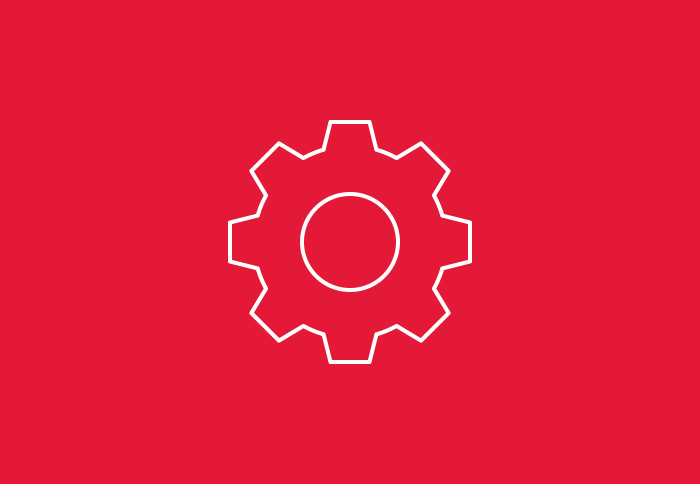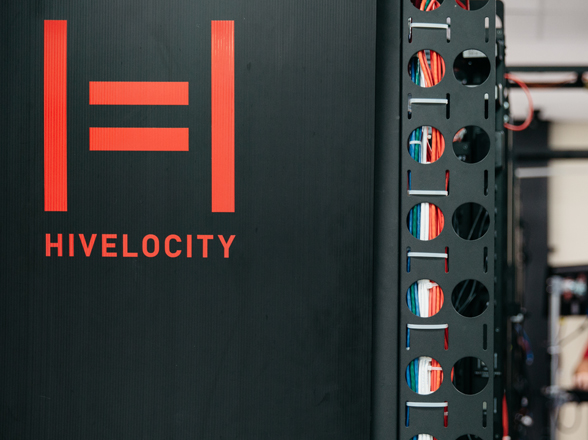
Handling Directories in Linux
Directories in Linux are folders that contain files and other directories. They are organized in a hierarchical structure, starting from the root directory (/) that …

Directories in Linux are folders that contain files and other directories. They are organized in a hierarchical structure, starting from the root directory (/) that …

Linux packages are collections of files that provide functionality for a Linux system. They can include programs, libraries, configuration files, documentation, and other resources. Linux …

Debian is a popular operating system based on the Linux kernel and GNU software. It is known for its stability, security, and large community of …

A broken dpkg may make it impossible to install any .deb files. A procedure like the following will help you recover from this situation. $ …

If you reach a dead end using APT you can download package files from Debian mirrors and install them using dpkg. If you do have …

Customizing runlevels is an advanced system administration task. The following advice holds for most services. To enable service service in runlevel R create the symbolic …

Collectively, preinst, postinst, prerm, and postrm files are all executable scripts which Debian automatically runs before or after package installation. Along with a file named …

Since the /var directory contains regularly updated data such as mail, it is more susceptible of corruption than, e.g., /usr/. Putting /var/ on a separate …

One has to understand the Debian policy with respect to headers. The Debian C libraries are built with the most recent stable releases of the …

Debian’s modconf package provides a shell script (/usr/sbin/modconf) which can be used to customize the configuration of modules. This script presents a menu-based interface, prompting …

APT is an advanced interface to the Debian packaging system. It features complete installation ordering, multiple source capability and several other unique features, see the …